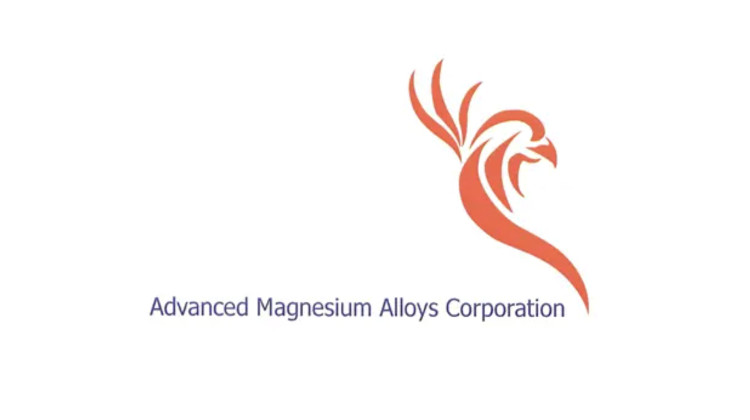
Advanced Magnesium Alloys Corporation (AMACOR) recycles magnesium — mostly for use in the auto and aluminum industries.
Courtesy of AMACORYou may not have heard of sulfur hexafluoride also known as SF6, but it’s one of the most potent greenhouse gases. According to data from the Environmental Protection Agency, a metal recycling company in Anderson emitted more of it than any other industrial facility in the country.
Advanced Magnesium Alloys Corporation (AMACOR) recycles magnesium — mostly for use in the auto and aluminum industries. It uses SF6 as a "cover gas" to protect the molten metal from burning when it comes into contact with oxygen.
Chief Operations Officer Arie Shaked said the company has been working with the EPA for more than a decade to come up with an alternative, but until recently none of them worked or weren't safe to use.
“But I'm happy to say that in the last year we were engaged with a few players and we tested equipment as well as different gas — and we came to the conclusion that we are able to use something else," he said.
Join the conversation and sign up for the Indiana Two-Way. Text "Indiana" to 73224. Your comments and questions in response to our weekly text help us find the answers you need on statewide issues, including this series on climate change and solutions.
What that is, the company won’t say — it’s a trade secret. But Shaked said AMACOR expects to start using the alternative by early next year.
Gabriel Filippelli is an earth sciences professor at IUPUI and directs the Indiana University Environmental Resilience Institute. He said SF6 falls in the same category as CFCs or chlorofluorocarbons — which the U.S. banned in things like aerosol sprays in the late 1970s to patch holes in the ozone layer. Though Filippelli said there are countries that still use CFCs today.
While it isn’t a very common greenhouse gas, Filippelli said SF6 is more than 23,000 times more potent than carbon dioxide.
“We are only saved by the fact that we don't produce much of this sulfur hexafluoride compared to how much carbon dioxide we produce. But, you know, as we're trying to laser focus on reducing carbon dioxide and methane, these other niche gases will probably start raising higher, higher up in our awareness," he said.
Facilities owned by NIPSCO and BP Whiting Refinery in Indiana also emit the gas. It’s also used in high voltage circuit breakers and other electrical equipment.
Rebecca is our energy and environment reporter. Contact her at rthiele@iu.edu or follow her on Twitter at @beckythiele.
9(MDAyMzk1MzA4MDE2MjY3OTY1MjM5ZDJjYQ000))
 DONATE
DONATE






 View More Programs
View More Programs

 Support WFYI. We can't do it without you.
Support WFYI. We can't do it without you.